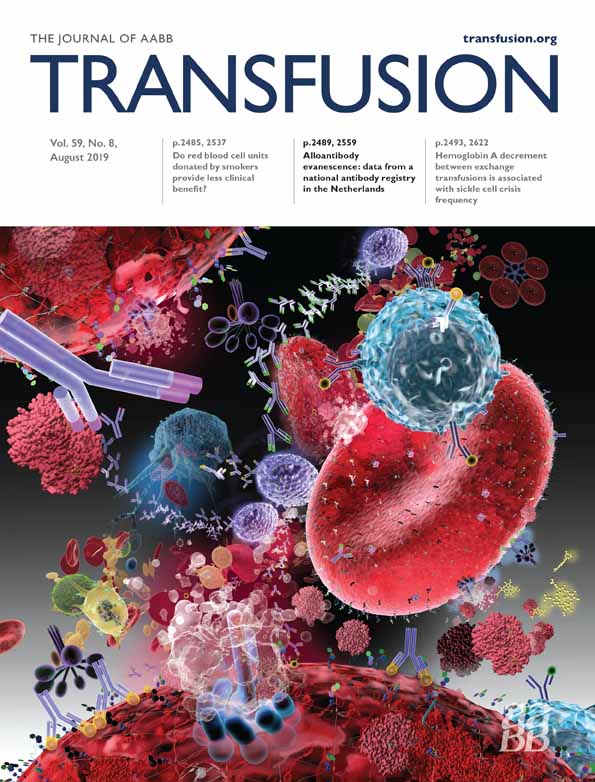A case series of pediatric patients with direct antiglobulin test negative autoimmune hemolytic anemia
Abstract
BACKGROUND
The diagnosis of autoimmune hemolytic anemia (AIHA) can be challenging since the direct antiglobulin test (DAT) has been reported to be falsely negative in 3%-11% of cases. In children with anemia, laboratory and/or clinical evidence of hemolysis and a negative DAT, clinicians should consider further specialized testing to confirm AIHA to accurately diagnose and treat this uncommon pediatric entity.
STUDY DESIGN AND METHODS
A retrospective chart review was undertaken at a large tertiary care academic pediatric hematology practice to describe our experience with DAT-negative AIHA.
RESULTS
From January 1, 2010 through August 1, 2016, 10 children were described who had clinical and laboratory evidence of AIHA, a negative DAT, and further specialized serologic testing confirming this diagnosis.
CONCLUSION
This case series highlights the need for further serologic workup when a child's clinical presentation is highly consistent with AIHA despite a negative DAT.
CONFLICT OF INTEREST
The authors have disclosed no conflicts of interest.




